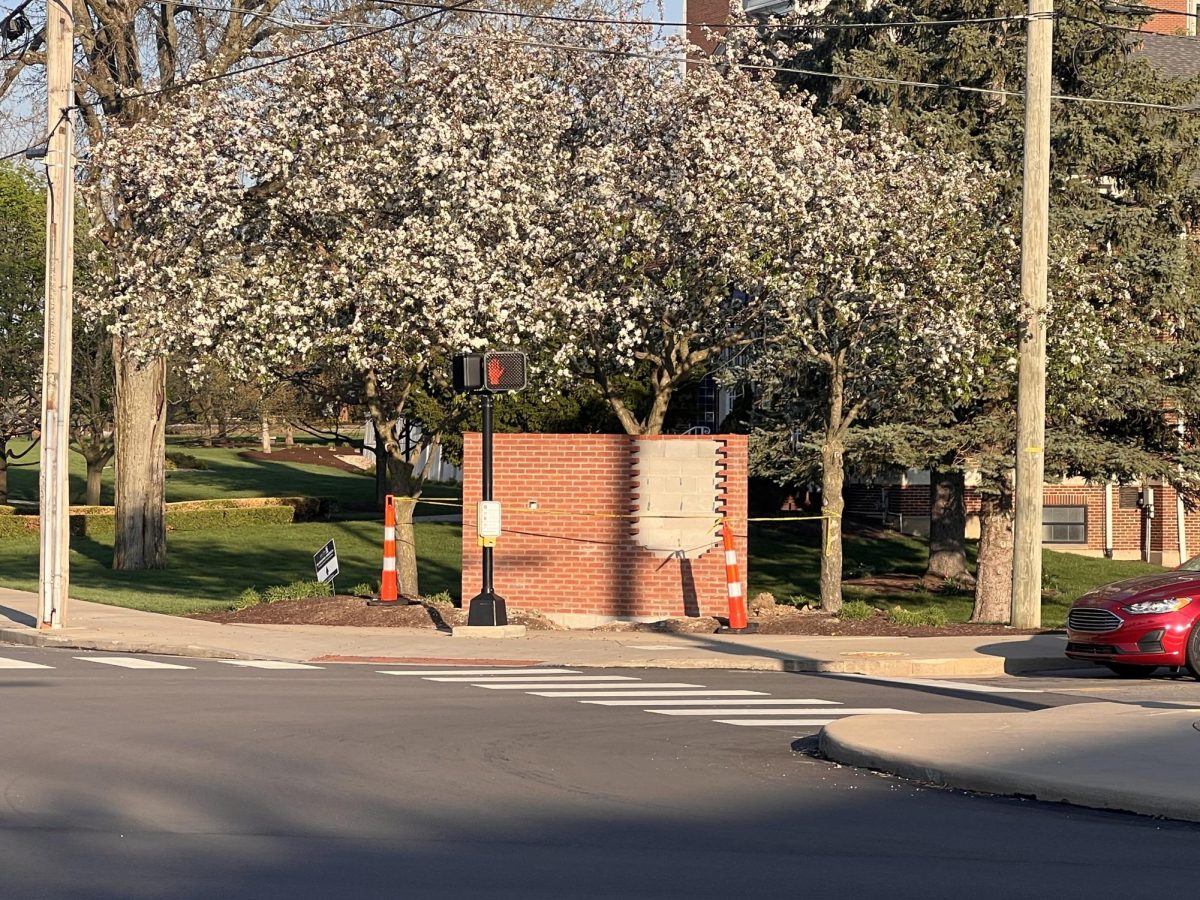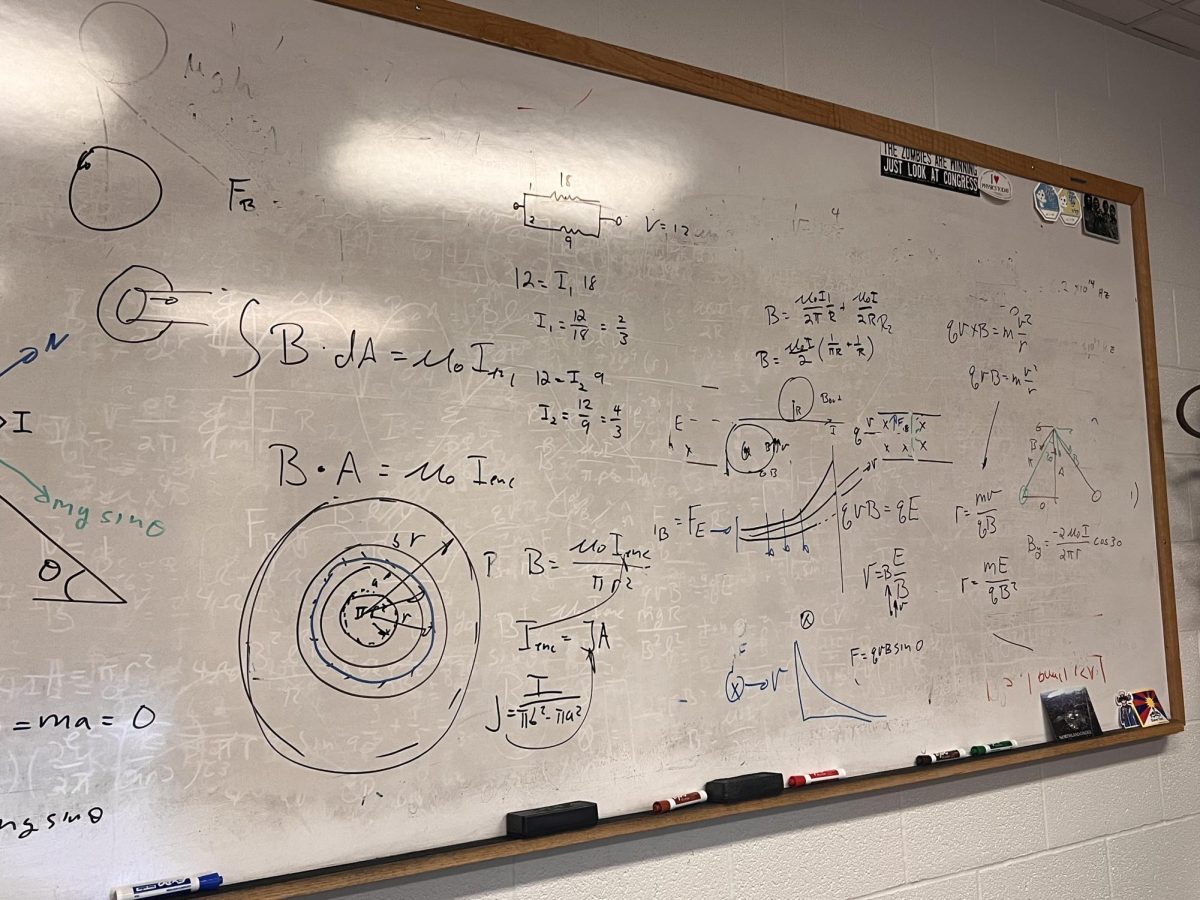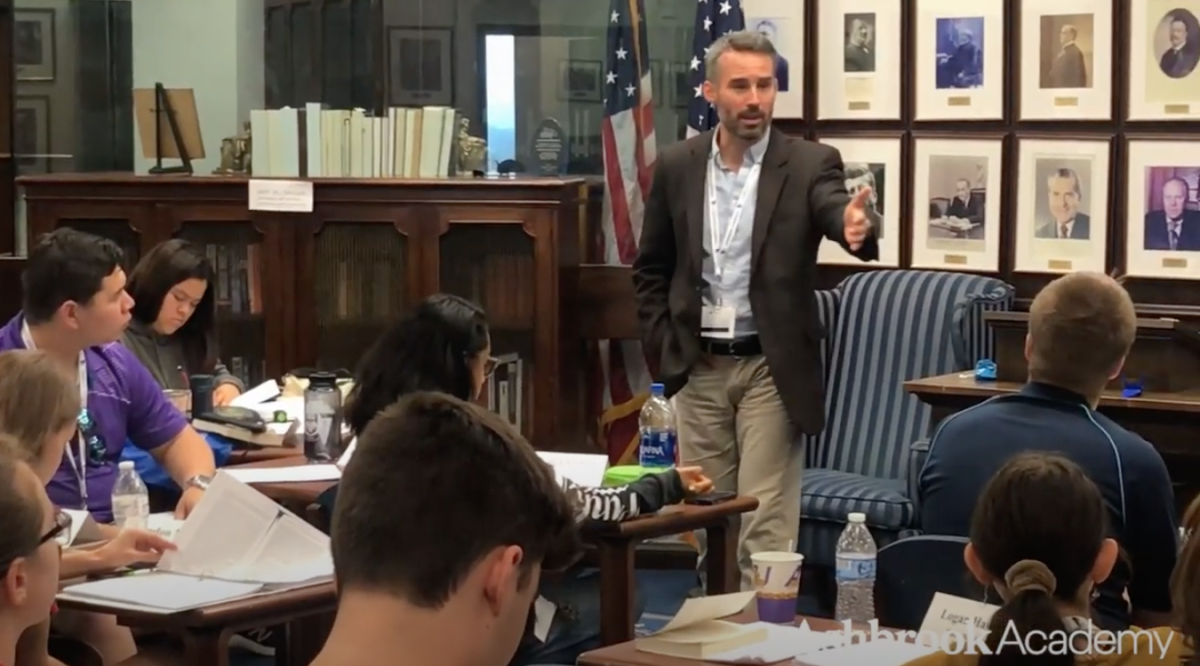Ashland University courses run on a scheduling process called the Breakeven Analysis.
It’s been a point of discussion between faculty members due to its creation of the fall 2024 class schedule.
Beginning in the 2014-2015 academic year, AU developed a class balancing process called Prioritization.
This was the first version of what is now known as the Breakeven Analysis. It was created because the institution did not yet have a way of gathering data.
In the past, AU was still learning how to balance costs versus earnings.
The second version of the model was introduced in 2019 and titled the Cost-Revenue Model, which feeds into the model used today.
The meaning behind the word, “Breakeven”, is the idea that the amount of money coming out of a situation matches the amount of money going into it.
In AU’s situation, the Breakeven Analysis correlates to ensuring enough students are enrolled in each class for the same profit amount to be reached. The components thought of here are the minimum number of students, how much the class costs, materials, facilities, additional fees, etc.
“It’s not specific to art. It’s not specific to political science. . . How do we pay for it? How do we charge it to specific areas on campus? Paying all the bills, and figuring how much money you need to bring in for that – that’s breakeven.” said Associate Professor Dan McDonald, chair of the Department of Art and Design. “It’s balancing the budget in some way – we have revenue coming in. Do we have enough revenue coming out?” These are the questions that come with scheduling courses.
Who’s involved?
The people involved with working on the mechanics of the breakeven analysis are Dan Fox, dean of the College of Business and Economics, Marc Pasteris, vice president and chief financial officer, Dr. Larry Bunce, executive director of Planning and Dr. Amiel Jarfster, AU provost.
These individuals worked on the Cost-Revenue Model and converged with what is now the Breakeven Analysis.
At different times, these individuals have all had different roles in the process.
The Collegian reached out to Fox for an interview, but he declined to comment on the breakeven analysis.
The Provost could not meet at the time of press.
AU is the only university in Ohio to have the Breakeven Analysis, although other universities in the state have similar situations and other ways of handling it.
Ashland is currently ahead of others when it comes to the Credit-Generated Model. This was first discussed in 2015 with AU’s interim president at the time, Dr. William Crothers.
Different approaches
Faculty senate President, Dr. Greg McBrayer, said, “The credit-hours generated model is trying to place a greater emphasis on how many students are in your class, so it’s not the number of classes, but rather how many credit hours you generate.”
With this, he mentioned faculty members get three credit hours per every student they have in their class.
Linking back to the original idea in 2015, the model was thought to create efficiencies for faculty members along with students.
“All of this is really guided by a push for greater efficiency,” said McBrayer. “Ashland University cannot ‘efficiency’ its way to success. I think that’s a necessary part of what we’re doing but if we’re going to thrive going forward, it’s going to be through growth.”
The approach most known to students is the ratio of 15:1, meaning a 15-student minimum per one professor in each class. This was discussed and developed in December 2021 and went into affect spring of 2022. Before 15, the rule was a minimum of eight students per class.
The process, today
The Breakeven Analysis is back in the conversation as planning for the next set of classes begins for the fall semester.
“The goal with all these things is that students don’t feel any of it.” said McDonald, “We always aim for these [changes] to be as seamless as possible and that students get our attention, they get the best we can provide – I don’t think we would provide something that doesn’t meet that threshold.”
This is a developing story…








